In August 1965, the arrest of a young Black man in Watts, Los Angeles ignited a six-day rebellion that exposed the deep racial and economic wounds of America. Sparked by frustration over police brutality, poverty, and institutional neglect, the Watts Uprising became a defining moment in Black resistance. In its aftermath, leaders like Ted Watkins Sr. fought to reinvest in their communities, founding the Watts Labor Community Action Committee (WLCAC). Today, his son, Tim Watkins, continues that battle — against a different, more insidious force: gentrification.
A Vanishing Landscape
Watts was once a vibrant, majority-Black neighborhood filled with jazz clubs, bustling flea markets, and murals celebrating Black icons. But over the decades, those cultural hallmarks have faded. Spanish-language signs now outnumber English ones, and cumbia has replaced the jazz that once rang from Central Avenue. Today, Watts is nearly 80% Latino — a reflection of a national trend of Black displacement.
According to a new report by the National Community Reinvestment Coalition, more than 500 majority-Black neighborhoods have undergone gentrification since 1980. In that time, over 500,000 Black residents were displaced, replaced by more than 3 million Latino, Asian, and white newcomers. The losses are particularly severe in cities like Los Angeles, Washington D.C., Atlanta, and New York, where entire communities have transformed within a generation.
In Los Angeles, 92% of the Black neighborhoods that experienced gentrification are no longer majority-Black — the highest rate of loss in the U.S. Washington D.C. follows closely, having lost 84% of its 55 majority-Black neighborhoods since 1980.
When “Revitalization” Means Erasure
Urban development and gentrification are often framed as signs of progress — new parks, better housing, improved infrastructure. But for many Black residents, it’s a one-sided deal. The benefits flow to newcomers, while longtime community members are priced out of their homes, disconnected from cultural anchors, and pushed to the margins.
As Tim Watkins explains, the billion-dollar investment into Watts over the past decade hasn’t benefited its Black residents. Instead, developers have capitalized on cheap land and prime locations to build luxury condos and trendy businesses. “That typically means the powers that be are going to object to everything that currently makes a community colorful — including us,” he said.
Cultural Roots Torn Up
In D.C., the transformation is deeply symbolic. Malcolm X Park once echoed with Sunday African drumming circles — a decades-long tradition that disappeared as white newcomers moved in. “Chocolate City” has lost its flavor, activists say, and its cultural richness is being diluted by upscale cafés and rising rents.
In Atlanta, the historic Old Fourth Ward flipped from majority-Black to majority-white after the Beltline’s Eastside Trail opened in 2012. More than 20,000 Black residents were displaced in a wave of redevelopment, with modern apartments replacing longtime homes.
In New York, gentrification fractured Harlem and Brooklyn’s community networks. Longtime residents who once hosted impromptu block parties now find themselves the subject of noise complaints from newcomers unfamiliar with — or intolerant of — neighborhood culture.
Systemic Roots of Displacement
The pattern is not accidental. Housing discrimination, redlining, and exclusionary zoning long confined Black Americans to under-resourced neighborhoods. Now, those same areas are hotbeds for reinvestment — but without protections for the communities that made them home.
The report highlights that while 80% of white neighborhoods that gentrified remained white, half of Black neighborhoods lost their Black identity. That contrast exposes deep flaws in housing policy and city planning.
Bruce Mitchell, the study’s lead researcher, noted that while revitalization offers new amenities, they rarely reach those who endured decades of disinvestment. “They clean up the neighborhood — and then they clean out the people,” he said.
Legal Action and Community Resistance
In Washington, civil rights lawyer Ari Theresa has taken legal action, filing a federal lawsuit accusing city agencies of systematically discriminating against Black residents. He alleges D.C. targeted areas with public housing for redevelopment while favoring white neighborhoods in planning decisions — all to attract “creative class” professionals and increase tax revenues.
Theresa says the city’s actions reveal a disturbing double standard: “When regular folks fall on hard times, the tack is to let them fail. But when wealthy people suffer, the city bails them out.”
Meanwhile, Tim Watkins and the WLCAC are not standing still. The organization has launched a community-driven strategic plan that centers Watts residents in all decisions. Participation is limited to those with a Watts ZIP code, ensuring local voices lead the effort.
They’re working on forming homeowner associations, securing land control, and building 2,000 new housing units for the unhoused. “All the playing fields have been rigged,” said Watkins. “But we’re going to fight to take our future back.”
L.A.’s Unique Displacement Pattern
In Los Angeles, gentrification took a different path. According to Marne Campbell, professor of African American studies at Loyola Marymount University, Black displacement preceded gentrification. In the 1980s and 1990s, systemic forces — deindustrialization, the crack epidemic, mass incarceration, and urban renewal projects like the 1984 Olympics — laid the groundwork for Black families to be pushed out.
Unlike cities where gentrification brought in mostly white residents, L.A. saw Latino families replacing Black residents, creating new cultural dynamics and eventually setting the stage for broader gentrification.
Now, with the 2028 Olympics looming, Campbell warns of a repeat pattern: “Unhoused people — many of them Black — are the new targets of removal.”
Conclusion: Who Benefits, Who Loses?
The cycle of gentrification — framed as “revitalization” — has led to the erasure of hundreds of Black communities. Without policies that protect renters, promote affordable housing, and ensure community voices are heard, the trend will continue.
As Tim Watkins sees it, the fight for Watts — and for Black neighborhoods nationwide — is not just about saving homes. It’s about preserving identity, culture, and history. “Black people are still here,” said Campbell. “But if we’re not careful, we’ll be pushed out completely.”
To view the full gentrification and displacement map and data, visit the National Community Reinvestment Coalition’s official site.

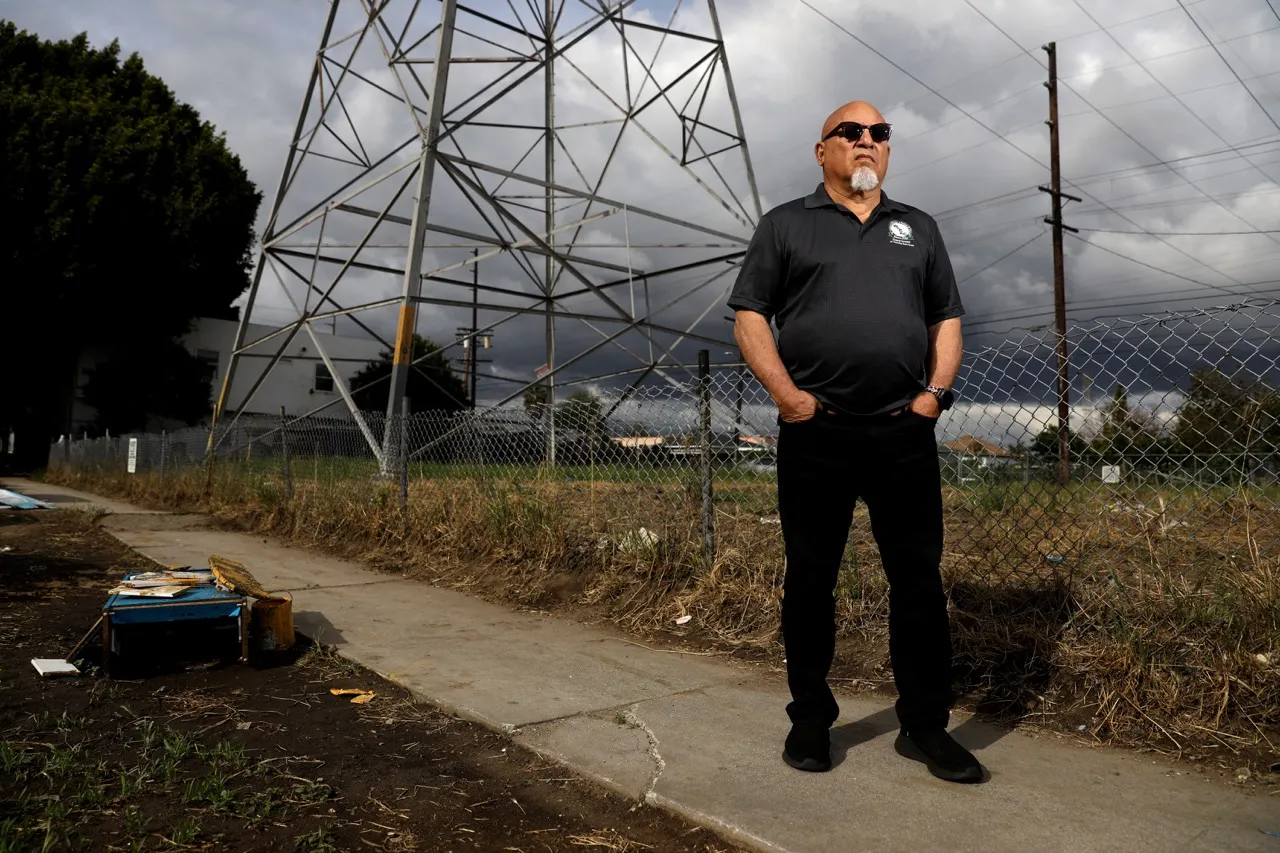

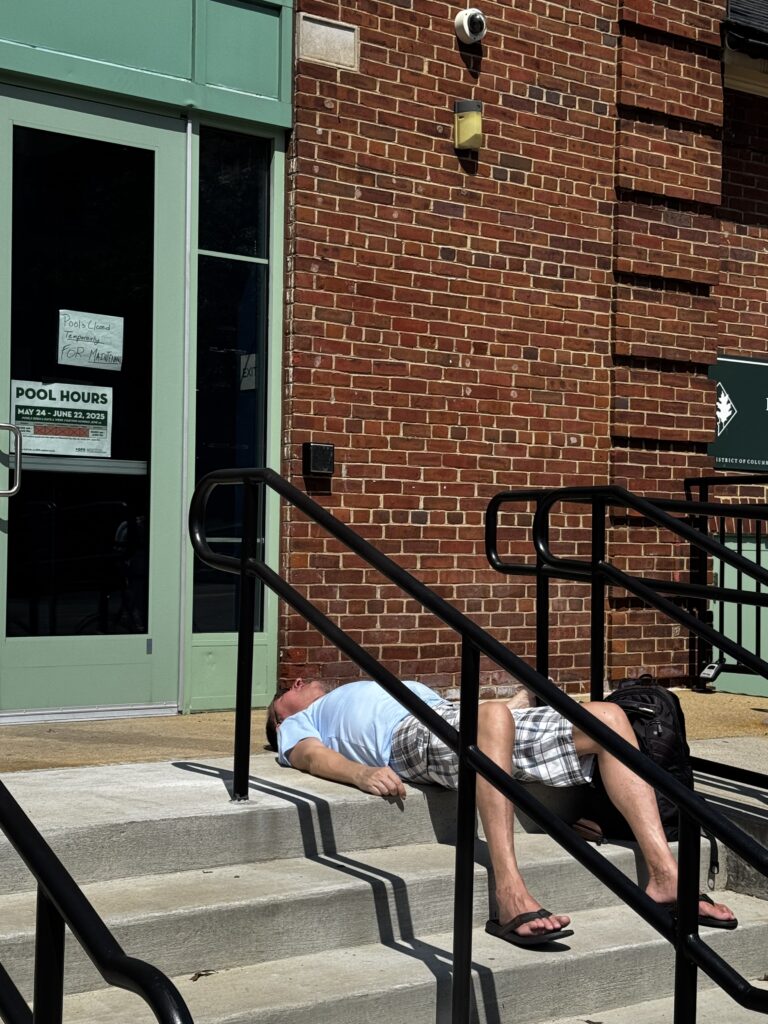
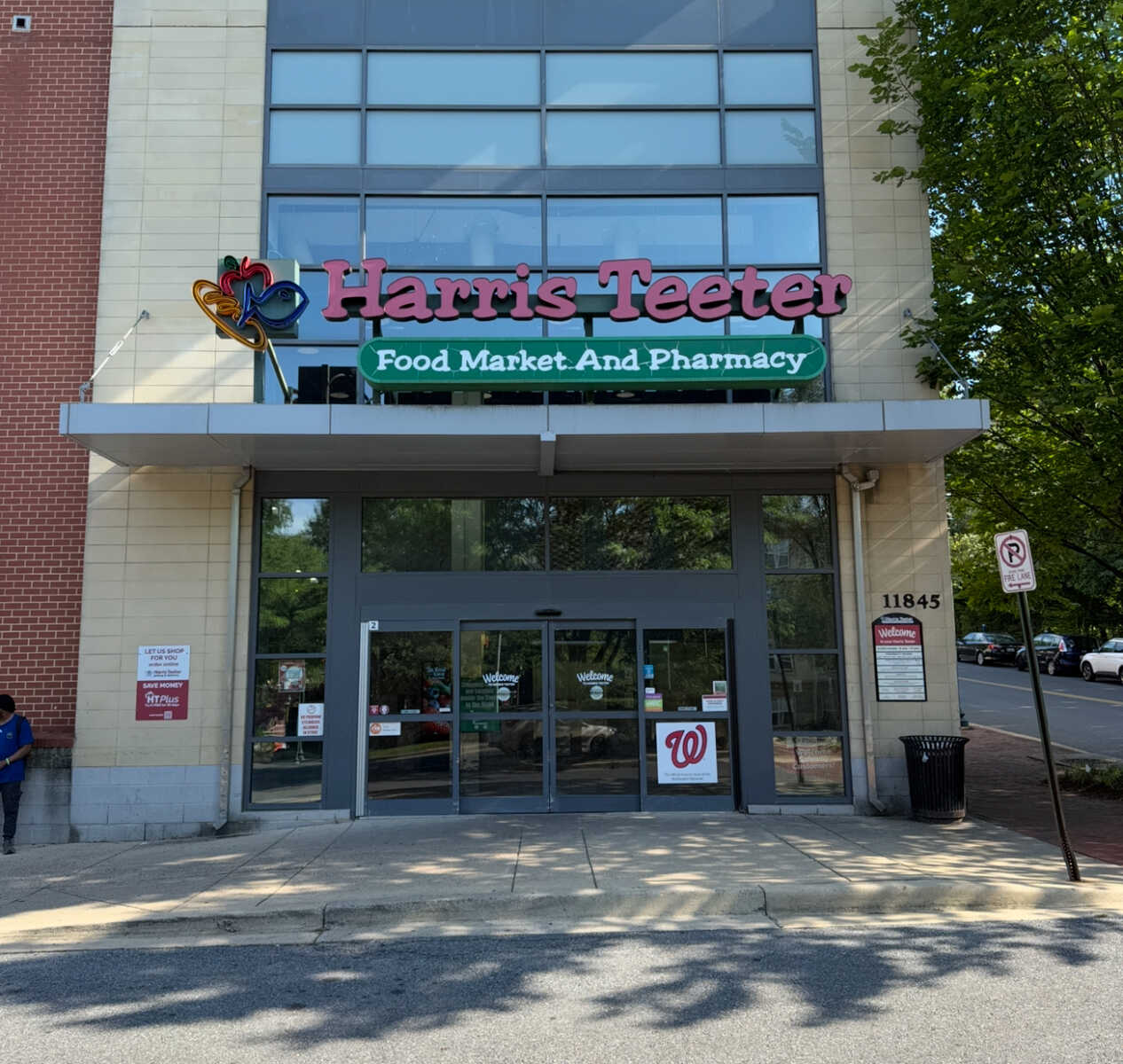


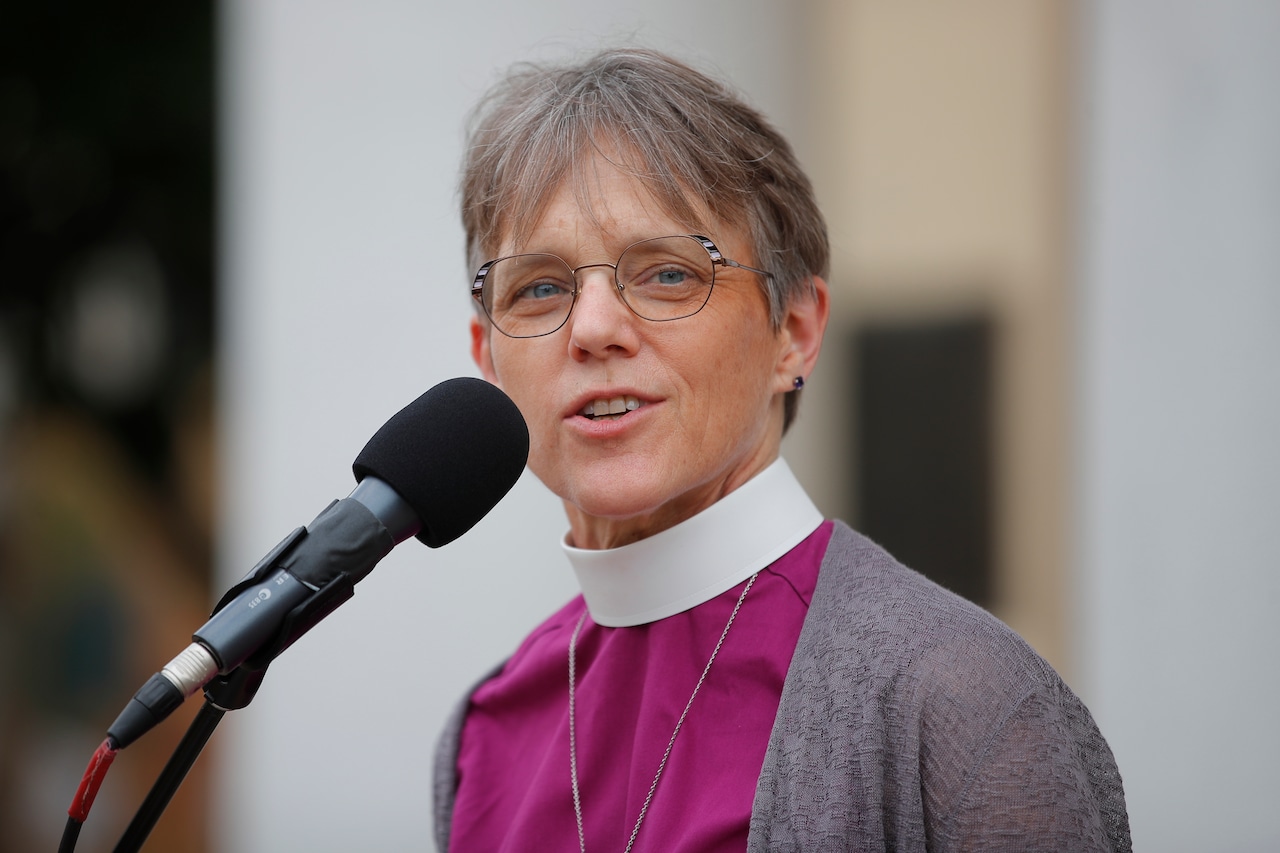
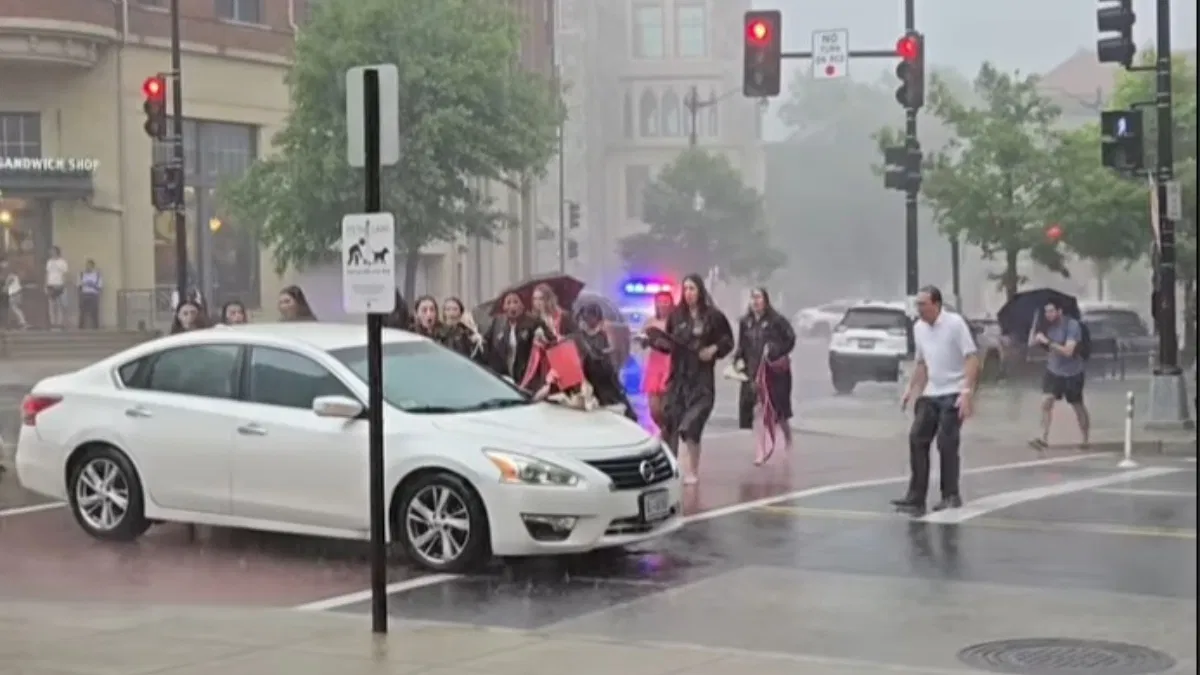



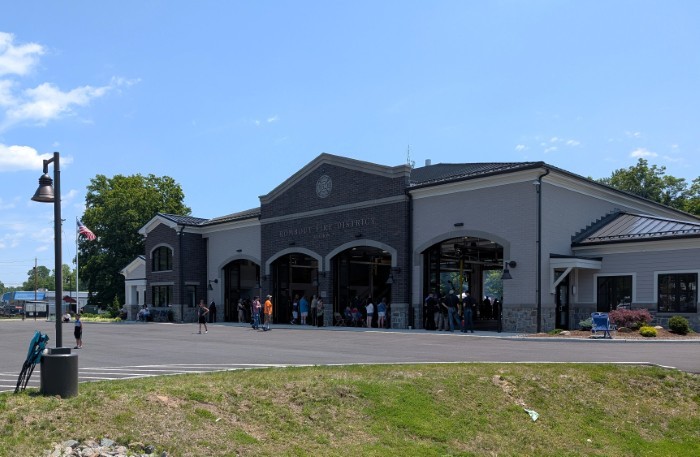
Leave a Reply